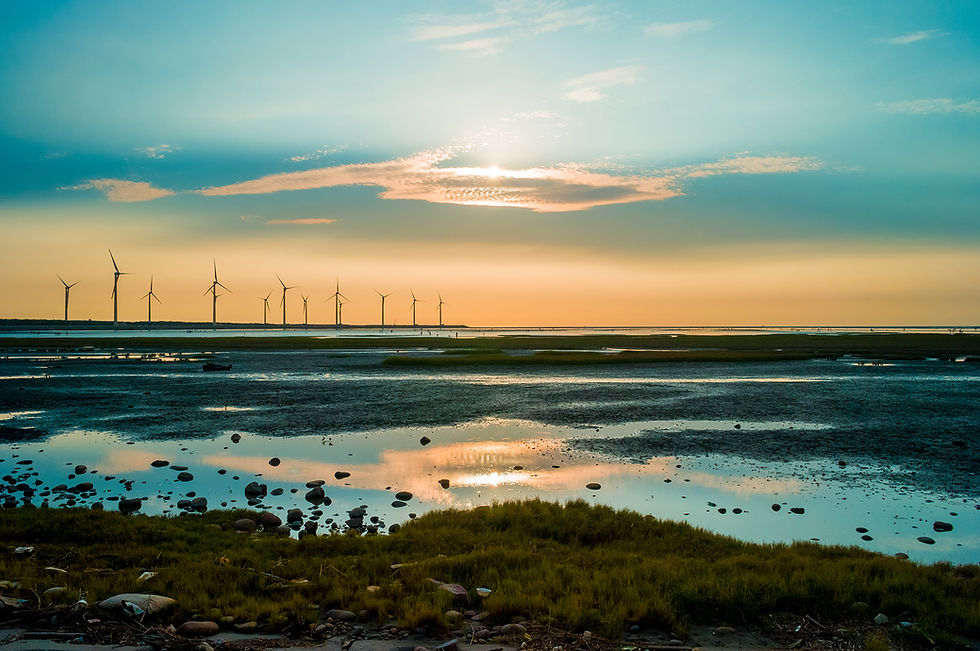Windy Culture - The Winds in Spain
- Liberty Crane
- May 20, 2019
- 3 min read
The rain in Spain falls mainly on the plain ...
The Spanish climate is one of the most stable in Europe, we all know about the rain, but the wind in Spain deserves a mention for its interesting varieties. Certain parts of the country are prone to windy conditions especially during the Autumn and Spring months. Wind gusts of 170 km/h have been recorded in Los Llanos in Albacete and it is almost certain that strong winds of over 200 km/h occur around the higher peaks in the mountainous regions.

Thanks to this wind, Spain uses wind power as a significant energy source, with certain regions like Navarra taking pride in its renewable energy - nearly 70% of its energy is derived from wind and sun. Tourism wise, Tarifa , the southern most point of Spain and indeed the European continent has excellent all year round winds making it one the worlds leading destinations for windsurfers and other wind sports enthusiasts.

Thanks to these many varieties of winds located around the country, the Spanish have come up with different names to describe them...
Borasco
A thunderstorm or violent squall, especially in the Mediterranean.
Chubasco
A violent squall with thunder and lightning, encountered during the rainy season along the west coast of Central America.
Cierzo
A strong, dry (often cold) wind that blows from the North or Northwest through the regions of La Rioja, Aragon and Navarra in the Ebro valley. Happens when there’s an area of low-pressure in the Mediterranean and an anticyclone in the Bay of Biscay.
Poniente
A warm, dry westerly wind that blows across the Atlantic onto the west Mediterranean coast and through the Strait of Gibraltar. Tarifa is well known for its winds making it a popular windsurfing destination. The Levante is more dominant in the summer and the Poniente in the winter.
Leste
A hot, dry, easterly wind of the Madeira and Canary Islands.
Leveche
A sirocco (dry and warm) wind often located to the south-east coast between Almeria and Valencia. It can also be a hot, southerly winding advance of a low pressure area sweeping up from the Sahara Desert and blasts the coastline with dust and stifling heat.
Levante / Solano
The solano is an even hotter wind that blows through the Andalusian Plain in summer, baking everything in its path. Its also an easterly wind that blows in the western Mediterranean and southern France. When it blows through the Strait of Gibraltar it’s called the Viento de Levante or the Levanter and helps form dramatic clouds.
Tramontana
The tramontana is located in the region of Catalonia. It is a face-slapping northerly wind (that also lends its name to a mountain chain on Majorca). Salvador Dalí painted the Christ of the Tramontana (1968) as part of a collaboration with Catalan poet Carles Fages de Climent, while Colombian author Gabriel García Márquez penned Tramontana (1993), a short story in which the main character is pushed to suicide by the tormenting wind - an apparent regular occurrence in Catalan days of yore.
Terral
Terral wind is a hot wind that comes out of the interior from north to south picking up heat as it travels overland. Terral is its name around Málaga but around the world it can be known as the Chinook winds (east of the Rocky Mountains, US), the Helm Wind (Pennines, UK) and the Zonda (Andes, Argentina).








Comments